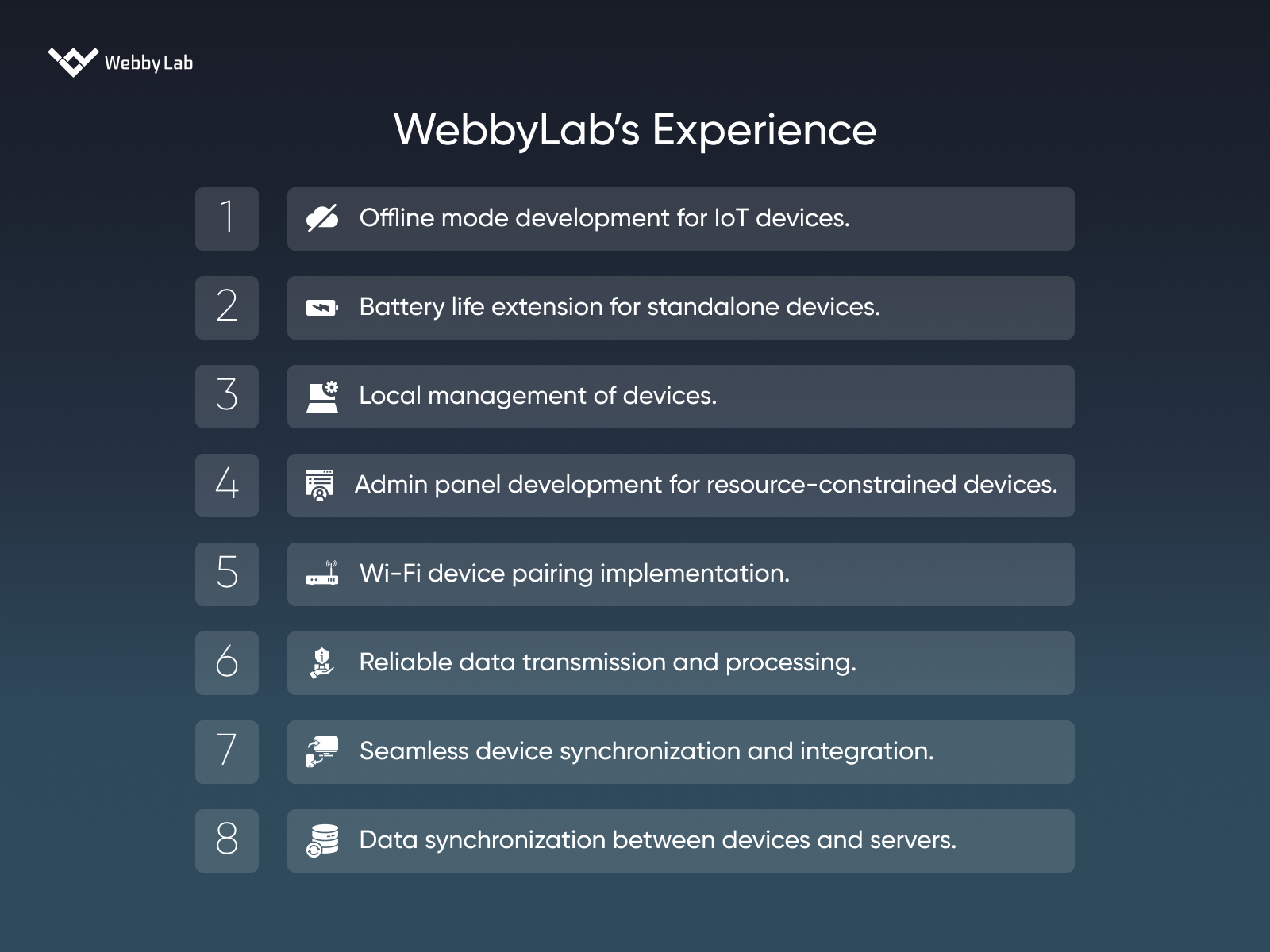8 IoT Issues and Ways to Solve Them [WebbyLab Team’s Real-Life Experience]
Written by:

Kostiantyn Oliynyk
Head of IoT at Webbylab
With a robust academic background in Telecommunication Systems Engineering, I apply my knowledge to lead innovations in the IoT domain. Starting as the first team member in the newly formed IoT department at WebbyLab, I've spearheaded its growth, fostering the expansion into embedded and hardware development alongside our core software projects. My dedication lies in pushing the boundaries of IoT technology, fostering a culture of innovation and excellence that profoundly impacts our clients' operational success.
The integration challenges we faced were primarily due to differing communication protocols and data formats. To overcome these IoT problems, we developed a universal communication bus based on MQTT, which ensured seamless data exchange between devices and the cloud.
To tackle IoT challenges and issues related to scalability, we leverage efficient data management and communication techniques. For example, we use MQTT technology to integrate many devices easily. Our engineers also employ protocols that compress data into the smallest possible size and effective data packaging methods to ensure devices communicate seamlessly without overloading the system.
We handle IoT issues with power consumption by using cutting-edge hardware components and power-saving techniques. For example, we leverage the model of an ESP32 S2 module with Deep Sleep mode and a ULP co-processor to reduce power usage. This lets devices operate on their batteries for extended periods, often over a year.
The main IoT risks and challenges we face during device implementation include the following:
- Ensuring reliable offline functionality.
- Managing limited resources on microcontrollers.
- Streamlining data exchange.
Our skilled team has come up with viable IoT challenges and solutions. Those include offline operation modes, local management interfaces, and custom MQTT-based buses.
First of all, we use convenient built-in panels to collect and view IoT data. We also leverage MQTT for reliable data exchange, while our proprietary protocol minimizes data size for efficient processing.
![8 IoT Issues and Ways to Solve Them [WebbyLab Team’s Real-Life Experience]](https://webbylab.com/wp-content/uploads/2024/12/upload_6751d19866136-791x267.png)
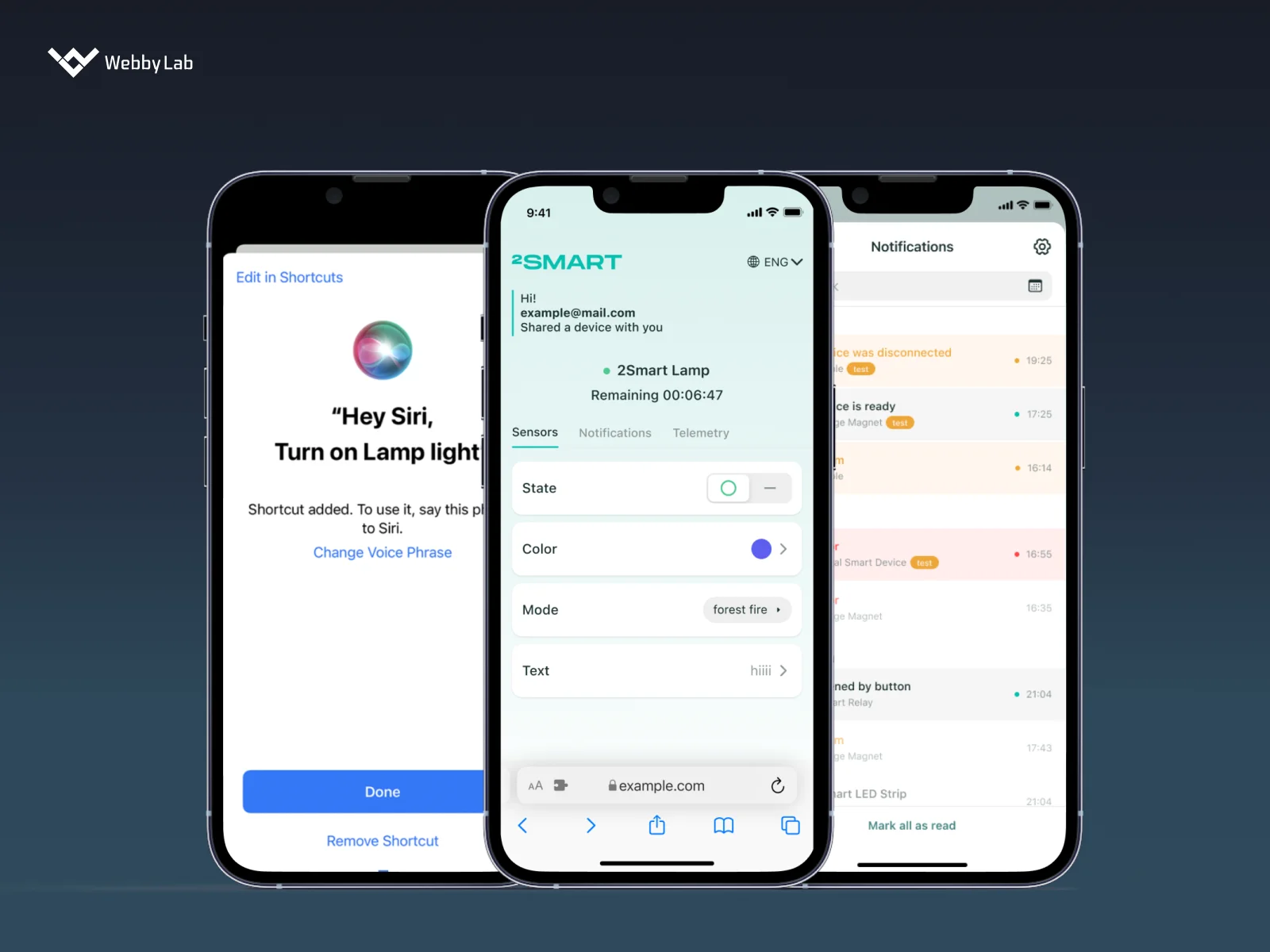
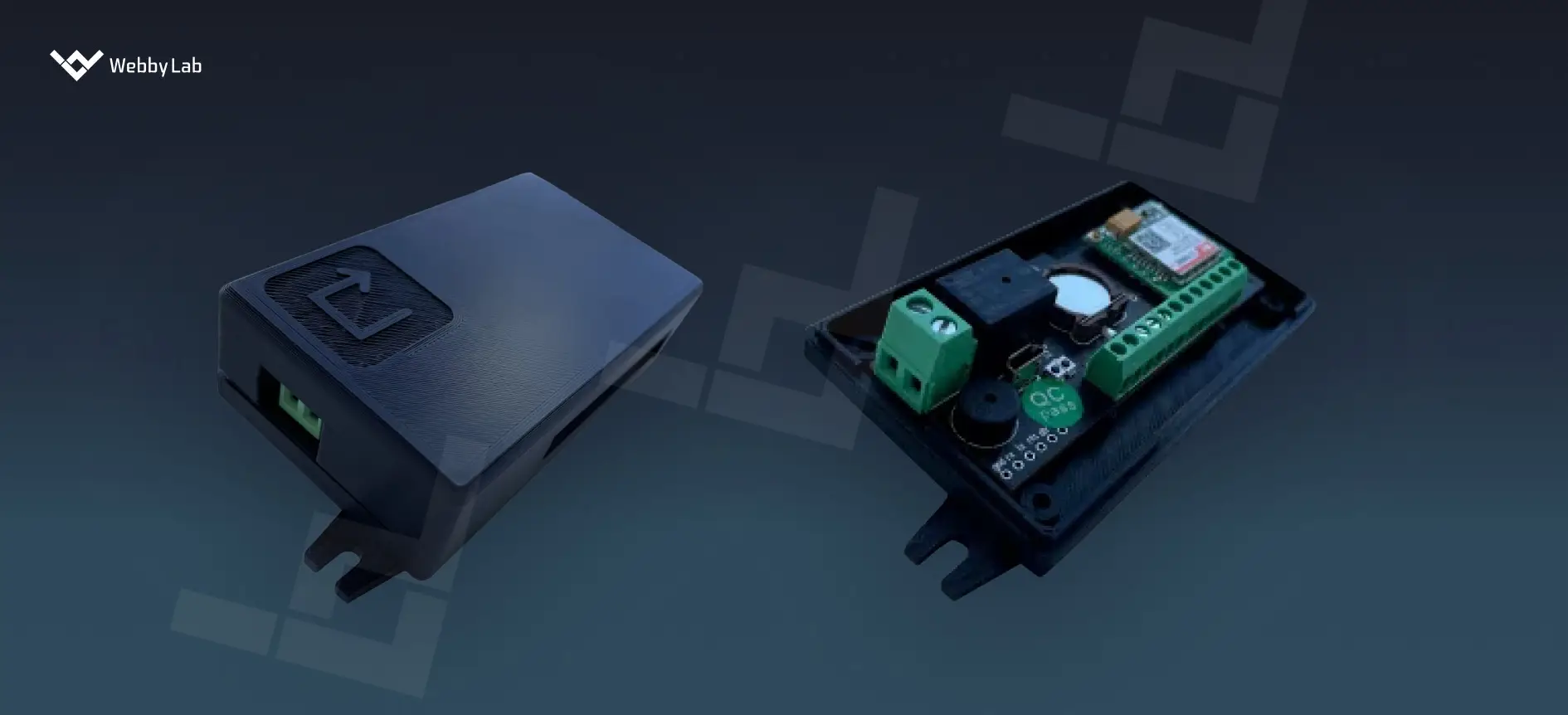 A Propuskator controller with offline mode support developed by Webbylab
A Propuskator controller with offline mode support developed by Webbylab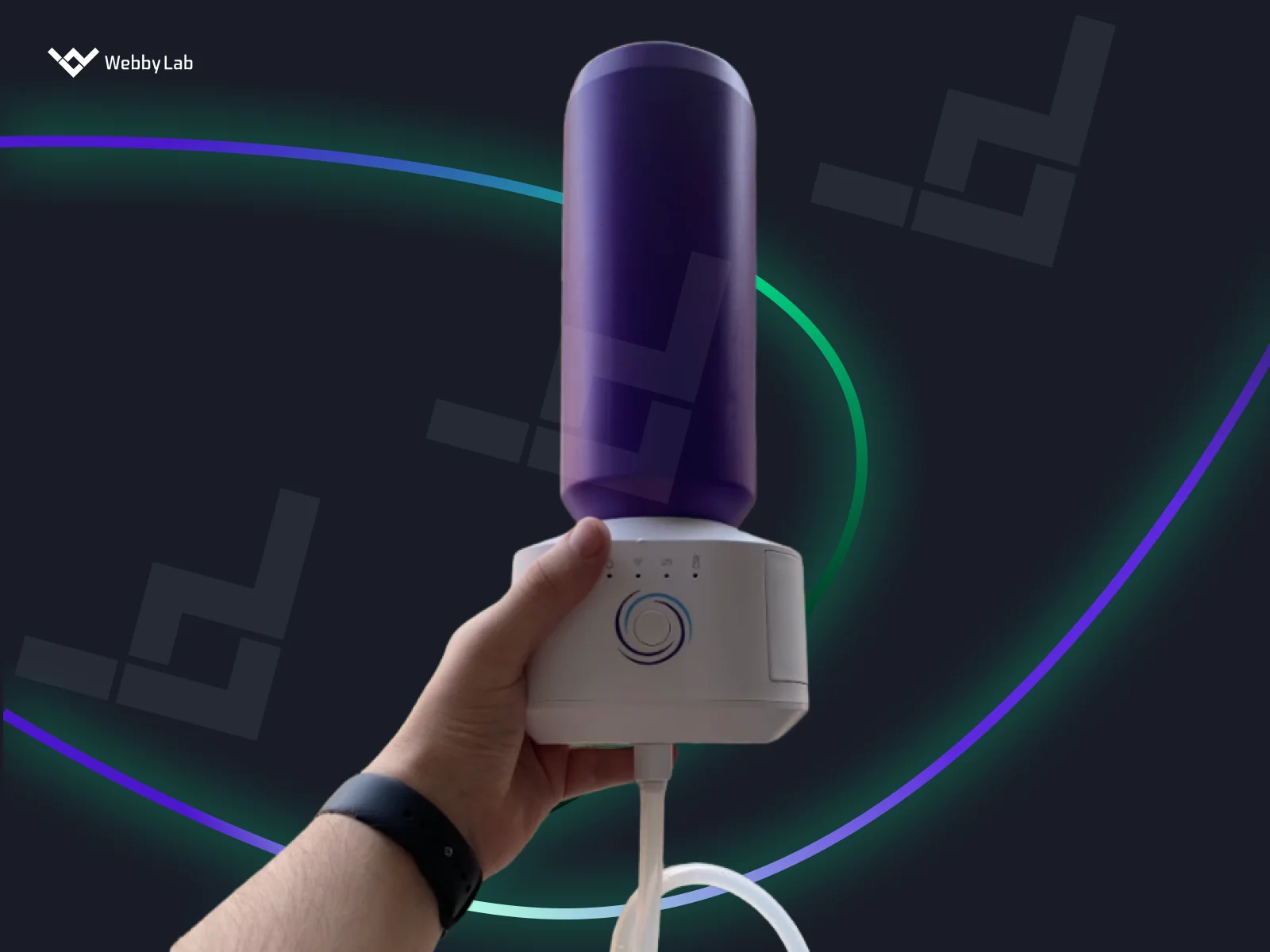
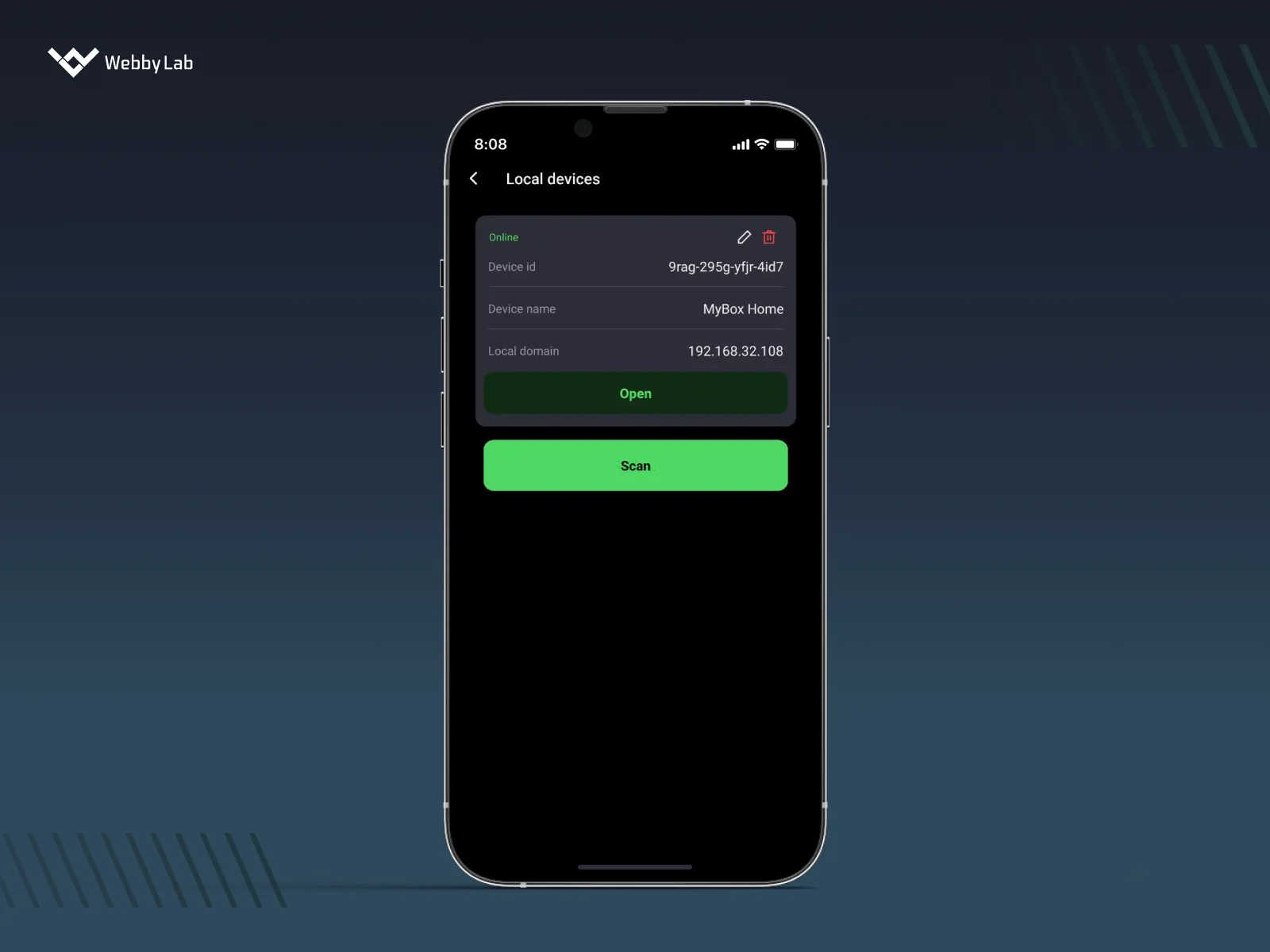 Local management of devices in the MyBox mobile app – developed by Webbylab
Local management of devices in the MyBox mobile app – developed by Webbylab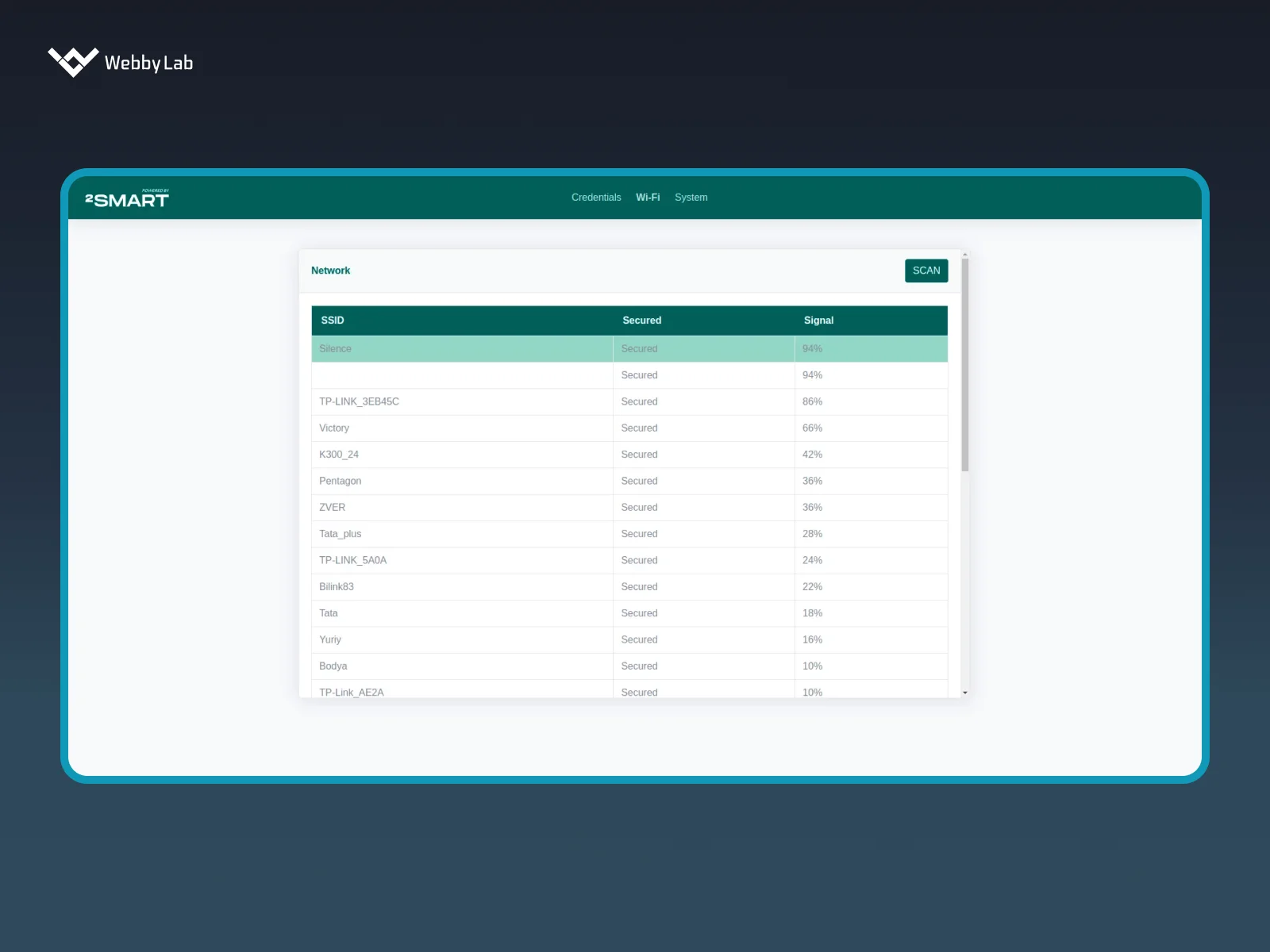
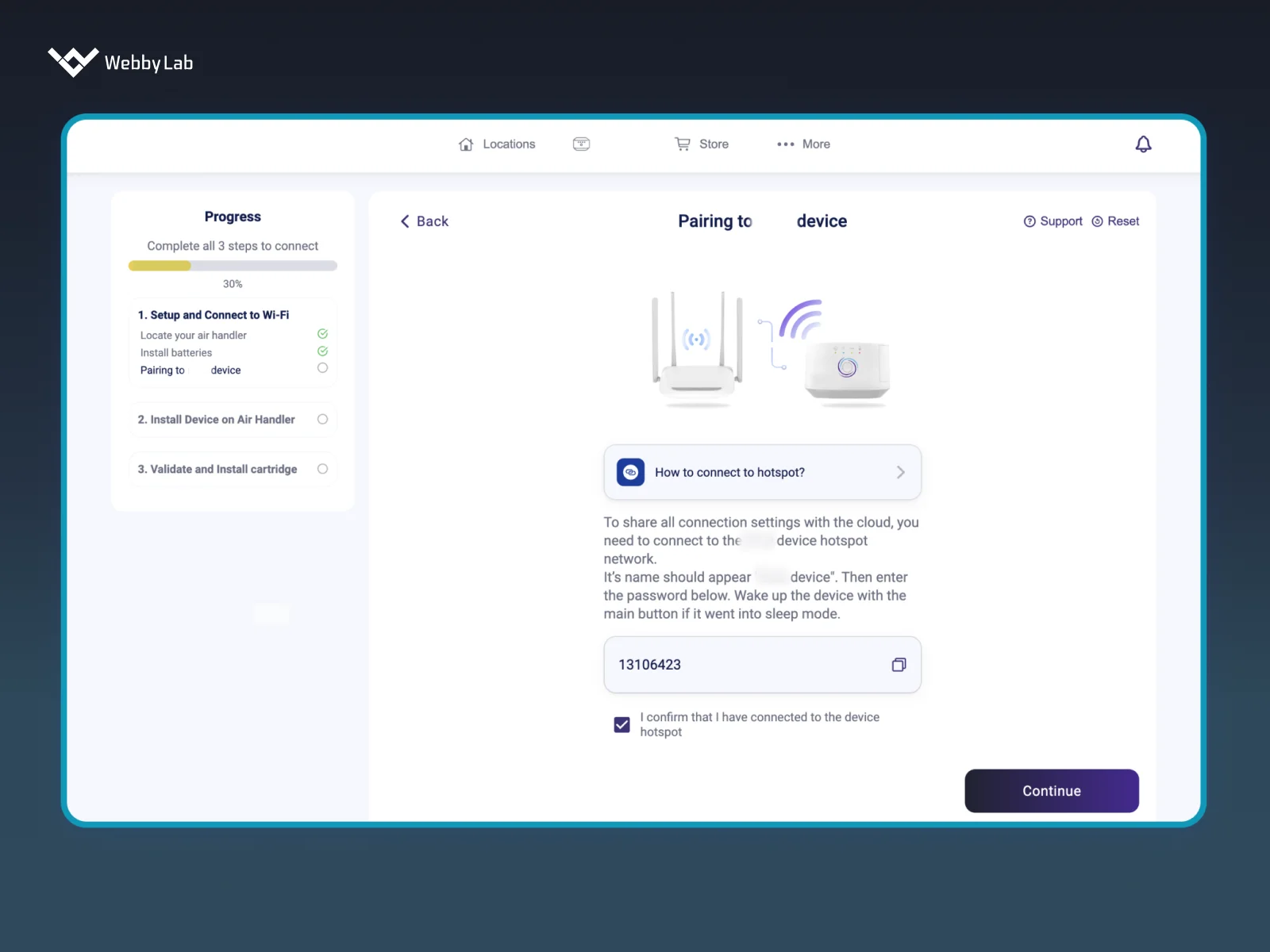
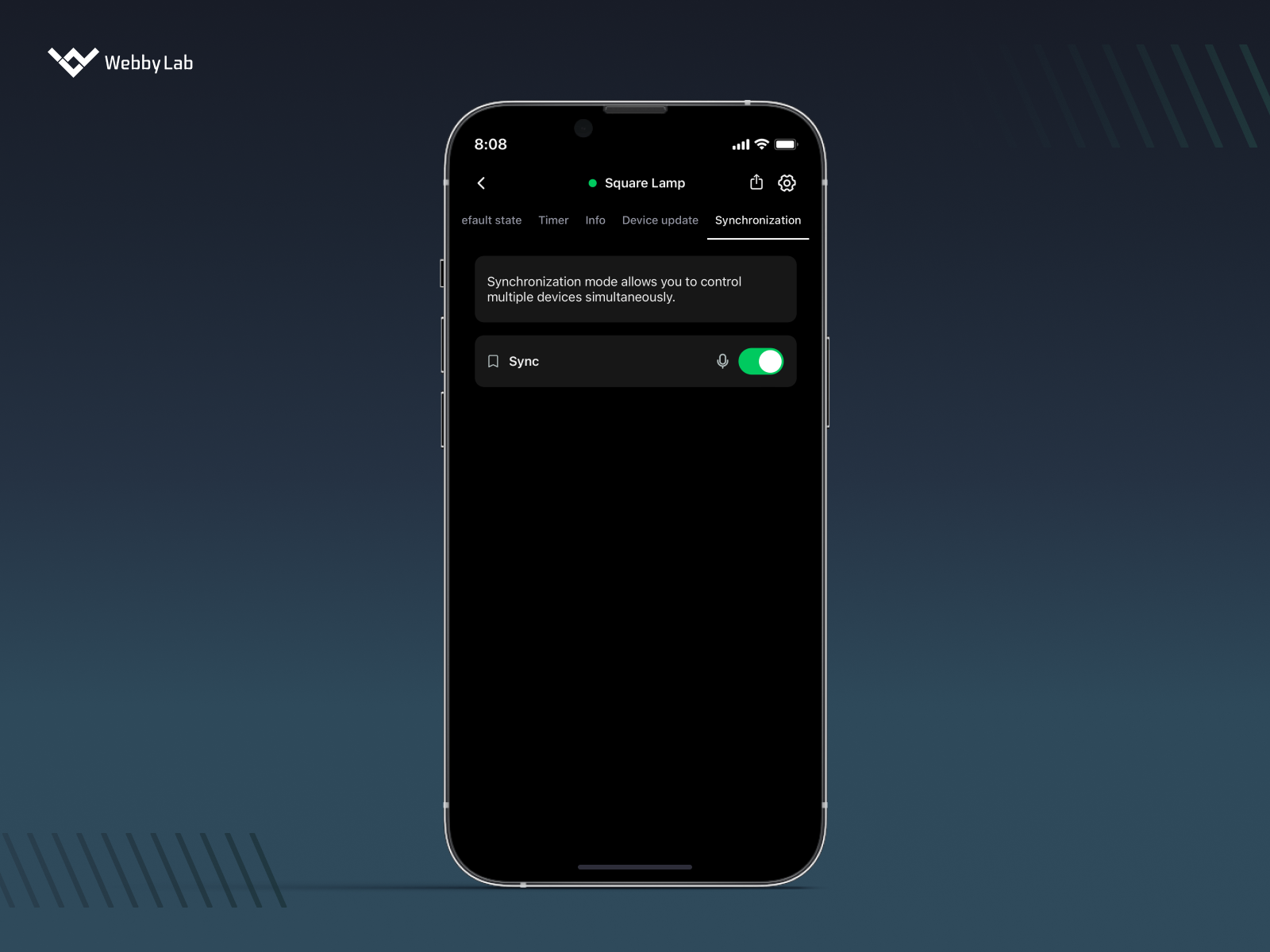 Device synchronization feature for Intellect Led Lamps
Device synchronization feature for Intellect Led Lamps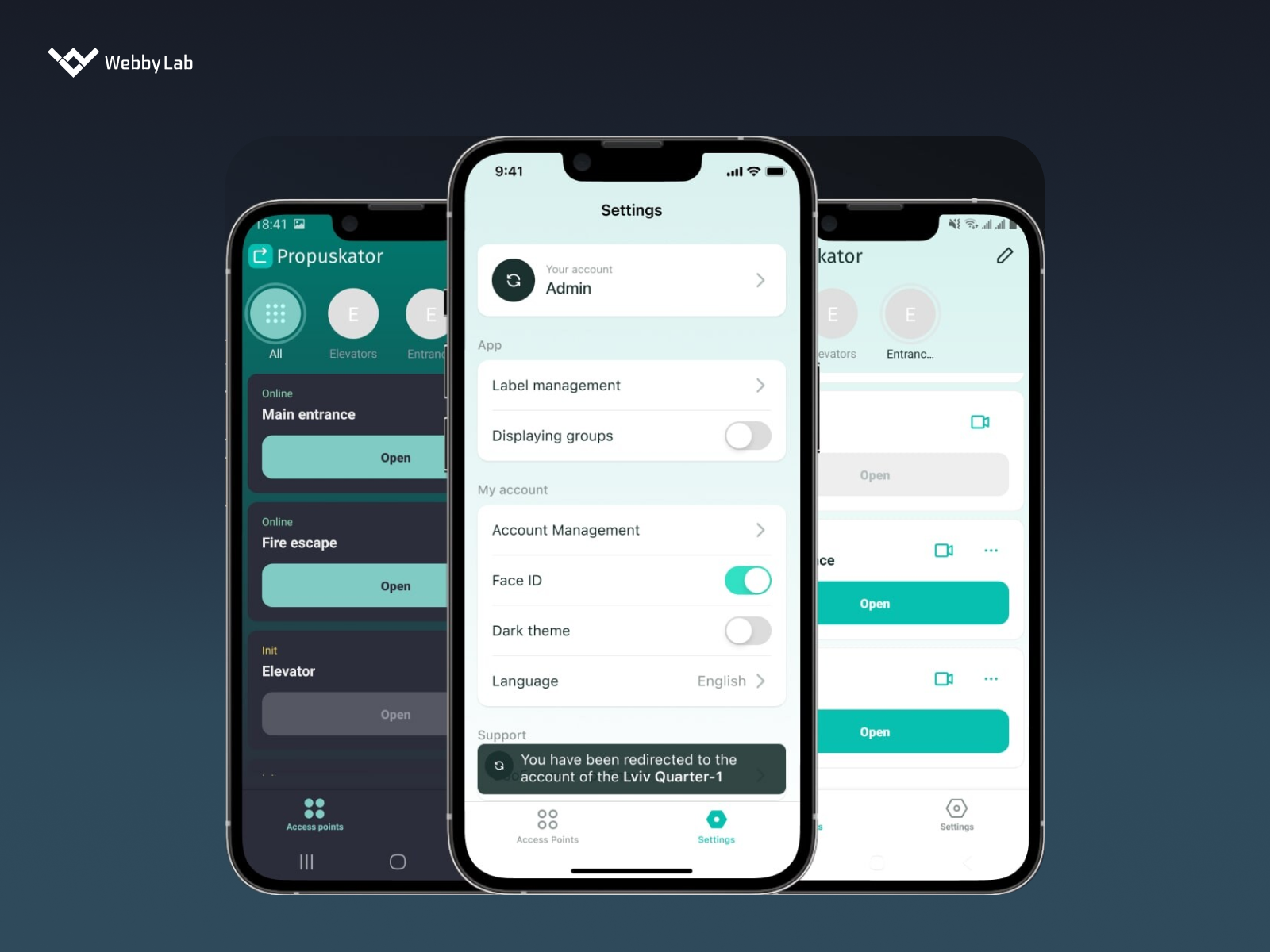 Propuskator mobile app – developed by Webbylab
Propuskator mobile app – developed by Webbylab